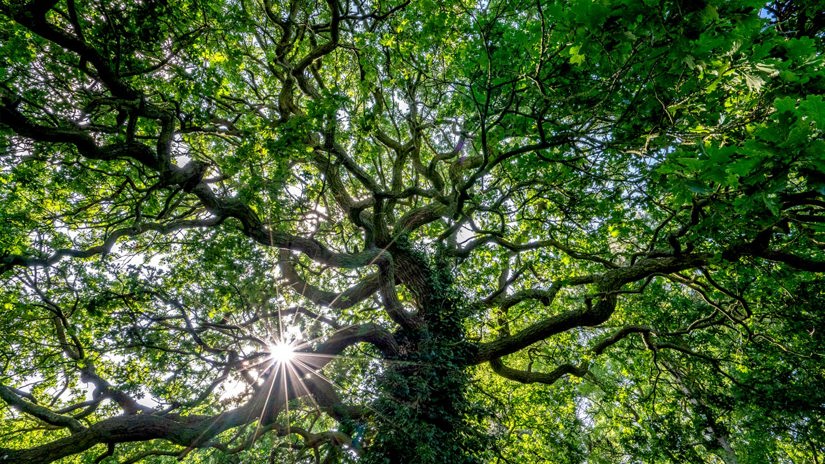
Find a wood near you
Search thousands of woods across the UK and gather information on the local facilities, features, wildlife and history in the area.
Find a wood
Content manager
The famous song of the nightingale is one of the wonders of the natural world, but to have a chance of hearing it you'll need to know where to listen. Here we share top tips for tracking down a serenade, plus some of our woods to try for a lucky encounter.
Nightingale song is rich, melodic and complex, full of liquid, bubbly notes. It can sound powerful and confident compared to the more delicate songs of other birds. It's also different every time.
Listen for strong, rapid gurgles between more whistle-like trilling, with pauses, tweets and even scratchy notes adding to the range of sounds. A deep and distinctive 'chug chug chug' phrase is also characteristic of nightingale song.
Nightingale song
Audio: David Darrell-Lambert / xeno-canto.org
Robins are commonly mistaken for nightingales. They too sing at night, especially in suburban areas with street lighting, and are much more likely to be heard.
Nightingales are migrant breeders, arriving in the UK from mid to late April. Males then sing to defend territories and attract mates until early June or so.
Nightingales are famous for singing at night, and it's true that they can be heard at almost any time of night and day. But for the best performances, early morning or dusk is probably peak for a full-throated serenade.
To hear nightingales in the UK you'll need to head to the south and east of England. They raise their youngsters almost exclusively in scrubby or coppiced woodland where the dense, mid-level scrub provides shelter and habitat for their preferred insect food.
Sadly, British nightingale numbers have declined by a frightening 90% in the last 50 years, due in part to a loss of the good quality habitat they need. The pressures of human development and even increasing levels of deer browsing mean that scrub woodland is becoming a scarce resource.
Your best bet for tracking down such a scarce and elusive bird is to head to a nature reserve where habitat is managed to suit their needs. We look after a number of woods that nightingales return to year after year and that are free to visit too.
It's important to be mindful of our impact as visitors when looking for sensitive or threatened species. Check out our top tips to help you enjoy your visit while protecting precious wildlife.
This ancient woodland has a long and interesting history stretching back to medieval times. It's plethora of plant and fungi species offer food and habitat for a wealth of animals, including secretive dormice, sun-loving reptiles, rare beetles and fritillary butterflies.
As well as nightingales you may hear another famous spring songster - the cuckoo. Listen out too for the repetitive song thrush or the more understated bullfinch.
Just a stone's throw from London, Hainault offers a taste of the royal lifestyle of old. It is one of the few remaining pockets of the former Forest of Essex - a royal hunting forest - and would once have provided venison for the king's table.
Today the woodland offers a feast for the senses rather than the table: a visit in spring promises the spinning coin song of wood warblers, the purr of turtle doves and the drumming of woodpeckers.
The medieval moat that sits at its heart lends this wood its name, as well as a fittingly historic feel. The ancient oak woodland here shelters important and locally rare patches of wet alder carr, vibrant green mounds of sphagnum moss and the areas of coppice and open glades nightingales like.
The wood also supports a healthy population of another scarce and threatened species: the secretive adder. You'll be luck to spot one though - when sun-warmed and alert these wary reptiles are quick to slip away into the undergrowth at the slightest disturbance.
This wood boasts something of a celebrity of the tree world: the incredibly rare native wild pear. It is also home to a profusion of orchids and one of our most stunning spring displays of bluebells. Little wonder it's considered one of the finest woods in Suffolk for its plants.
Most of Priestley Wood is coppice woodland, perfect not only for nightingales but also dormice which were reintroduced here 20 years ago. Badgers snuffle through the undergrowth in search of meals, and two woodland ponds provide important refuges for insects, amphibians and moisture-loving plants.
Sitting in the High Weald Area of Outstanding Natural Beauty, Brede High Woods is a nature-lover's paradise. Rare beetles, prehistoric lampreys and even wild boar are just some of the incredible animals to call it home, and the network of paths wind through ancient woodland, sandy heaths and open grassland.
If you go in search of nightingales, look out too for spotted flycatchers darting from their perches to snatch flying insects from the air. And if you visit as darkness falls, you may spy the eerie green gleam of glow-worms on the grassland.

Search thousands of woods across the UK and gather information on the local facilities, features, wildlife and history in the area.
Find a wood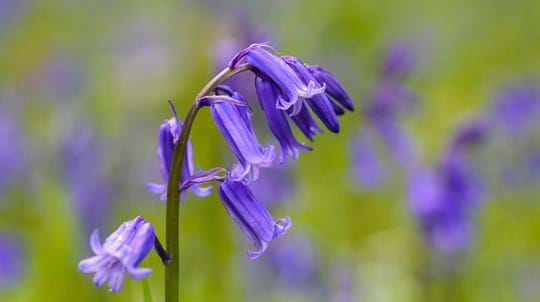
Visiting woods
See a stunning sea of blue this spring. Discover our best woods for bluebells.
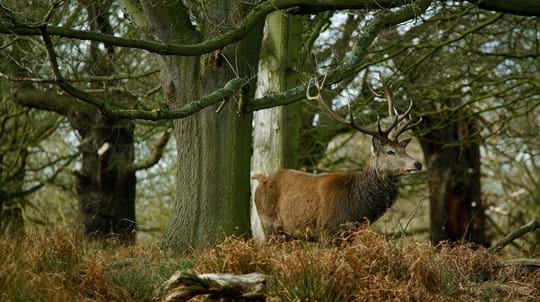
Blog
James Martin • 28 Jan 2019

Blog
Charlie Mellor • 15 Jul 2022

Blog
Charlie Mellor • 18 Jun 2019
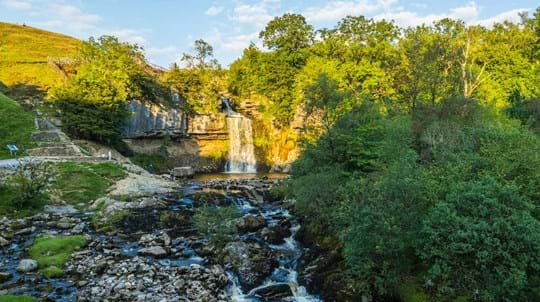
Blog
Charlie Mellor • 15 Jan 2021
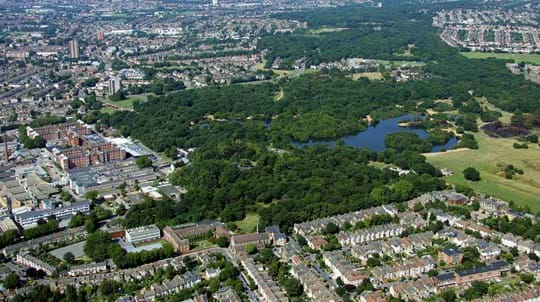
Blog
Charlie Mellor • 04 Nov 2021